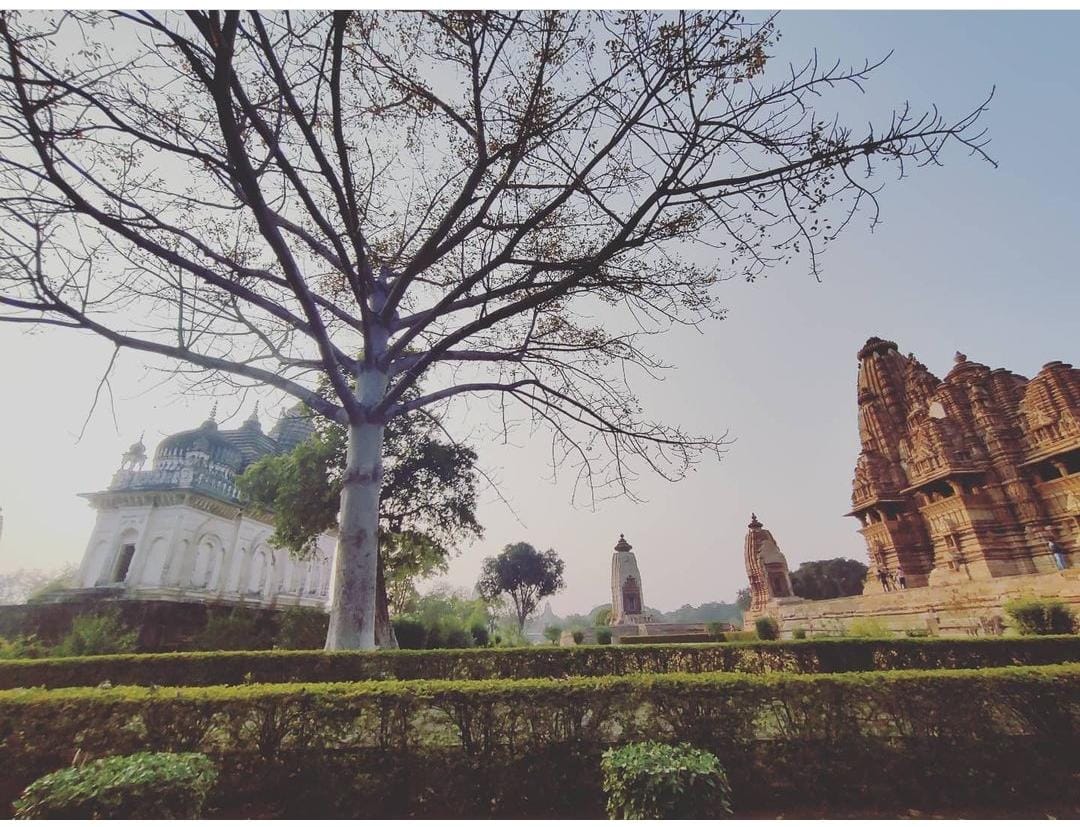Reclaiming the Secular Glory: A Critical Study of Ayaz Rasool Nazki’s Satisar: The Valley of Demons
Main Article Content
Abstract
Kashmir is known for diverse facets and elements, from its picturesque beauty to its age-old values and traditions passed down to generations. ‘Kashmiriyat’- a term often echoed to reverberate and reiterate the ethnic, nationalistic, and social consciousness of Kashmiris has been debated and discussed in different social, cultural, and literary circles. Ayaz Rasool Nazki’s maiden novel, Satisar: The Valley of Demons (2018), is a literary foray into the rich and glorious past of Kashmir with the undertones of repressive forces of anarchy, highlighting the destabilization of social and political equilibrium. It sheds light on the age-old cultural harmony and religious syncretism that once defined the geographical locale. The paper aims to present how literary output appeals to reclaim the secular glory lost to multiple political power structures over the years. Moreover, it will highlight the erosion of the rich cultural heritage that once delineated the essence of Kashmiriyat. The research objectives would be supported by a relevant theoretical framework to signify the importance of secularism in maintaining peace and stability in a pluralistic society like Kashmir.
Keywords: Kashmiriyat, Secularism, Religion, Nationalism, Conflict
Downloads
Article Details

This work is licensed under a Creative Commons Attribution 4.0 International License.
Copyrights of all materials published in SARE are retained by the authors. Authors may republish their work or grant others permission to republish it. We would be grateful if republication is accompanied by an acknowledgment that the work was originally published in SARE.
References
Bilgrami, Akeel. ‘‘Secularism, Nationalism and Modernity.’’ In Secularism and Its Critics. Edited by Rajiv Bhargava: 380–417, 1998.
Casanova, Jose. ‘’The Secular, Secularizations, Secularisms’’. Rethinking Secularism, edited by Craig Calhoun et. al., Oxford University Press, 2011, 75-99.
Chatterjee, Partha. “Secularism and Toleration.” Economic and Political Weekly, vol. 28, no. 29, Columbia UP, July 1994, pp. 1768–77. https://doi.org/10.7312/chat15220-014.
Habermas, Jürgen. “Religion in the Public Sphere: Cognitive Presuppositions for the ‘Public Use of Reason’ by Religious and Secular Citizens.” In Between Naturalism and Religion, translated by Ciaran Cronin, 114–147. Cambridge, U.K.: Polity, 2008.
---. The Divided West. Translated by Ciaran Cronin. Cambridge, U.K.: Polity, 2006a.
Holyoake, G.J. Principles of Secularism illustrated (3rd ed.). London: Austin, 1871.
Nandy, Ashish. “The Politics of Secularism and the Recovery of Religious Tolerance.” Alternatives: Global, Local, Political, vol. 13, no. 2, SAGE Publishing, Apr. 1988, pp. 177–194. https://doi.org/10.1177/030437548801300202.
Nazki, Ayaz Rasool. “Nazki's 23-Year-Journey to Writing 'Satisar .” The Kashmir Monitor, 23 July 2019, https://www.thekashmirmonitor.net/nazkis-23-year-journey-to-writing-satisar-the-valley-of-demons/. Accessed 1 Mar. 2023.
Nazki, Ayaz Rasool. Satisar: The Valley of Demons. Vitatsa, 2018.
Phillips, Anne. ‘’ Religion: Ally, Threat, or Just Religion?’’. Religion, Secularism, & Constitutional Democracy, edited by Jean L. Cohen & Cécile Laborde, Columbia University Press, 2016, 47-65.
Rajput, Vivek Singh, and Usha Pandey. “Analytical Study on Secularism: Concept, Origin and Its Importance in India.” Journal of Positive School Psychology, vol. 6, no. 3, 2587–0130, 2022, pp. 7698–715. journalppw.com.
Sen Amartya. The Argumentative Indian: Writings on Indian History Culture and Identity. Shanghai Joint Publishing Company, 2005.
Taylor, Charles. ‘‘Modes of Secularism.’’ In Secularism and its Critics. Edited by Rajeev Bhargava: 31–53, 1998.
---. ‘Why We Need a Radical Redefinition of Secularism?’ In The Power of Religion in the Public Sphere, edited by Eduardo Mendieta and Jonathan Antwerpen, 34–59. New York: Columbia University Press, 2011.
